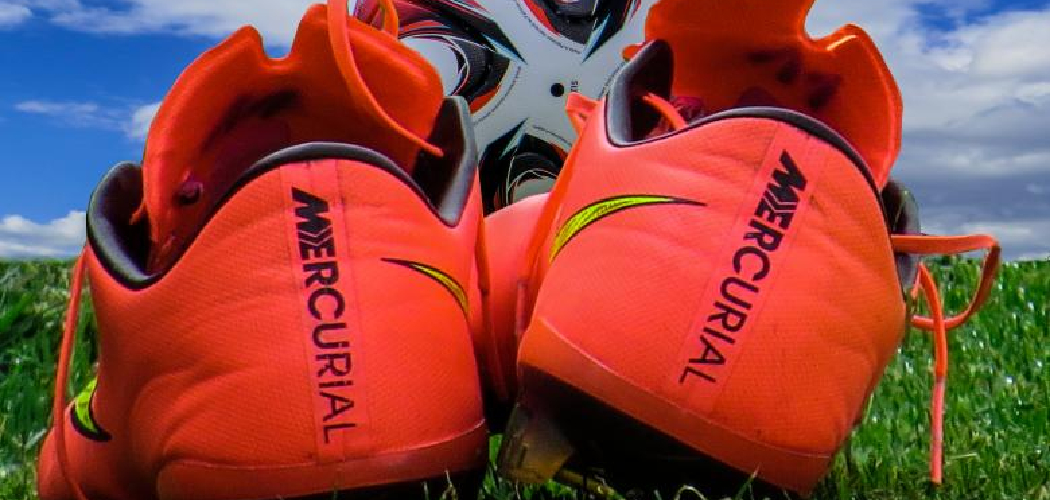In order to be a successful soccer player, you need the proper equipment. This includes cleats. Cleats can provide players with the necessary traction and stability to make quick moves on the field. However, not all cleats are created equal. In this blog post, we will discuss how to break into cleats so that you can find the right pair for your needs. Keep reading for more information.
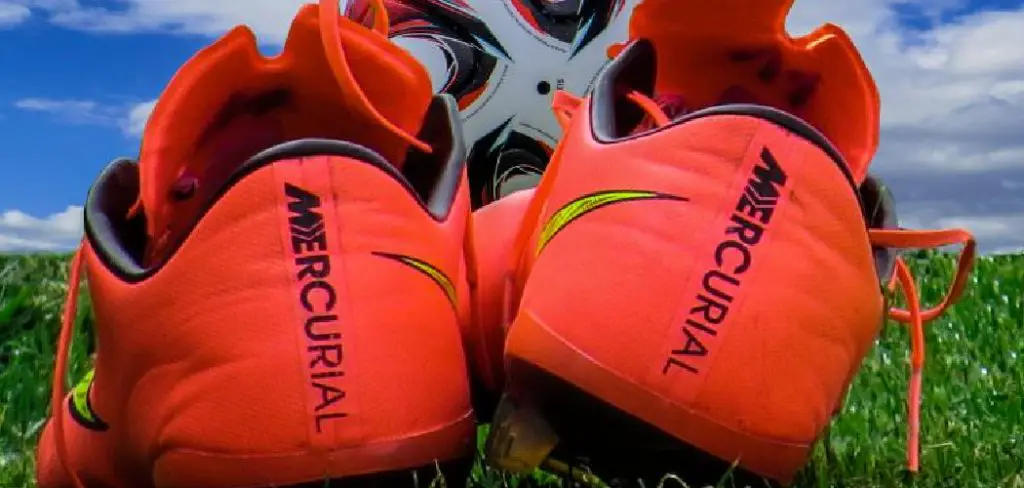
Summary: Start with wearing the cleats in short increments of time, no more than 20-30 minutes at a time. Put on two pairs of socks or wear thick socks to help stretch the cleats. Use a shoe stretcher to work the leather and stretch it according to your foot shape. To help break in the heels, walk around in the cleats and try jumping or running in them.
What Are Cleats?
Cleats are small, spike-like attachments that can be added to shoes to improve traction. They are commonly used in sports such as soccer, football, and baseball, where players need to be able to plant their feet firmly and make quick changes in direction. Cleats can be made from various materials, including metal, plastic, or rubber. Depending on the sport, they can also be attached to the shoes differently.
Cleats are generally designed to provide extra grip and stability on grassy or muddy surfaces. However, they can also damage turf and increase the risk of injury if they are not used properly. For this reason, it is important to choose the right type of cleat for the surface you will be playing on and follow any rules that may be in place regarding their use.
Why Might You Need to Break Into Cleats?
Cleats are an essential piece of equipment for any soccer player, providing the traction and stability needed to sprint, make sudden changes in direction, and kick the ball with power. But what happens if your cleats become too tight or uncomfortable?
In this case, you may need to learn how to break them. This process can seem daunting, but with a little patience and the right technique, you’ll be able to get your cleats on in no time.
7 Methods to Follow on How to Break Into Cleats
Breaking into cleats can be a difficult task. You need to have the right tools and the right technique. In this how-to guide, we will show you how to break into cleats using some common methods.
1. Use a Chisel
If you’re looking for how to break into cleats, one way is to use a chisel. First, find a thin spot on the shoe where you can insert the chisel blade. Next, use a hammer to tap the chisel until it creates a hole in the shoe. Be sure to start small and work your way up, as you don’t want to make the hole too big.
2. Use a Knife
A lot of people use a knife to help them break into their new cleats. This is because it can help you get a nice, clean cut. First, you will need to find a sharp knife. Next, you will need to hold the knife at a 45-degree angle and gently insert it into the shoe’s seam. Once you have inserted the knife, you will need to twist it back and forth until you have cut through the seam.
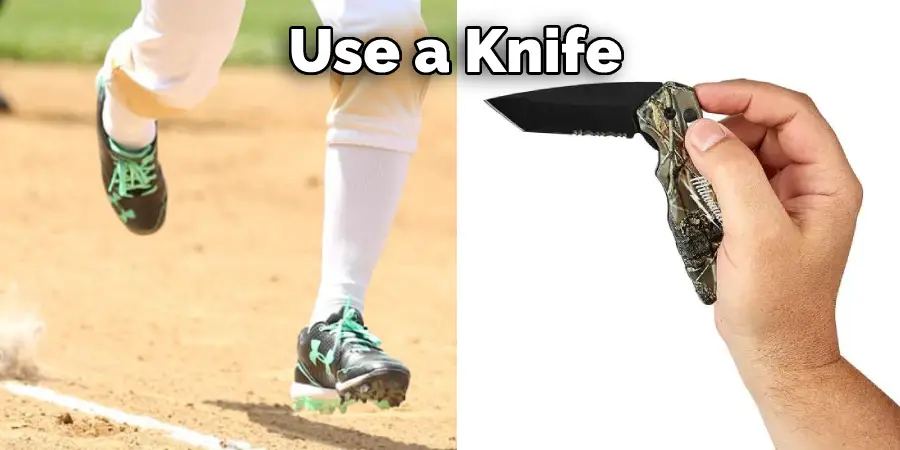
3. Use a Welder
If you’re looking for a more permanent solution, you can use a welder to break into cleats. First, make sure that the welder is turned off and cooled down. Next, use the welder’s torch to heat up the area where the two pieces of the metal meet. Finally, use a hammer to strike the heated area and break the metal apart. Be careful not to overheat the metal, as this could damage the cleats.
4. Use a Dremel Tool
If you don’t have access to a welder, you can use a Dremel tool to break into your cleats. Simply attach the desired cutting wheel to your Dremel tool and carefully cut through the back of the shoe where the laces are located. Once you have cut through the back of the shoe, you can pull out the laces and loosen the shoe enough to get your foot inside. Be careful not to cut through the front of the shoe as this could damage the integrity of the shoe and make it difficult to wear.
5. Use a Rotary Tool
Another option for breaking into your cleats is to use a rotary tool. This is a more aggressive approach and will likely damage the cleats, so only do this if you’re sure you want to commit to breaking them in.
Start by marking where you want to make the cut with a pen or marker. Then, use a rotary tool fitted with a cutting disc to make a few shallow cuts into the cleat. Be careful not to cut too deeply, as you don’t want to damage the inner workings of the cleat.
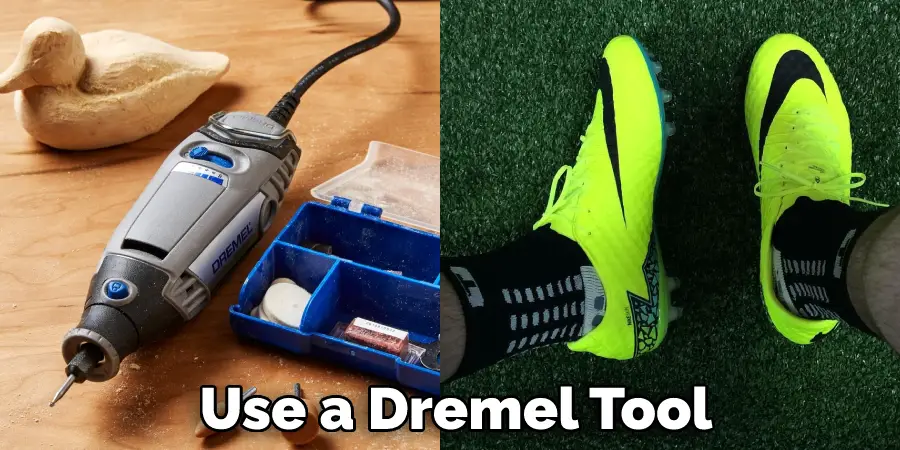
After making a few cuts, use a file or sandpaper to rough up the surface of the cleats. This will help to create more friction and make it easier to get a good grip on the pedal.
6. Get a Grip
Once you have your new cleats, getting a good grip on the turf is important. Use the tips of your toes to grip the turf and keep your feet planted firmly when you contact the ball. This will give you more power and accuracy when you kick.
7. Practice
Practice is the only way to get comfortable with your new cleats. Try out different kicking techniques and experiment with how you position your feet on the pedal. The more you practice, the easier it will be to break in your new cleats.
That’s it! You’ve now learned how to break into cleats using some common methods. Be sure to practice and get a good grip on the turf before you use your new cleats in a game.
How to Avoid Blisters When Breaking in New Cleats
Breaking in a brand new pair of cleats can be exciting for any soccer player. However, it’s important to take the time to do it right, or you could end up with painful blisters. The key is to start slowly and gradually increase the time you wear your cleats. Start by wearing them around the house for short periods, then wear them during practice.
Be sure to pay close attention to how your feet feel, and as soon as you feel discomfort, take a break. Once you’ve worn your cleats for several hours without any problems, you’re ready to take them out on the field. With patience and care, you can avoid blisters and enjoy your new cleats for many practices and games to come.
How to Choose the Right Cleats for You
When it comes to choosing the right cleats, there are a few things you need to take into consideration. First, what surface will you be playing on? There are different types of cleats designed for different surfaces, so it’s important to make sure you’re getting the right ones for the field you’ll be playing on.
Second, what style of play are you looking for? For example, if you’re an attacking player, you’ll want cleats that provide good traction and speed. For defenders, you’ll want something that provides good support and stability. Third, what level of play are you at? Starting out, you might not need the same level of performance as a professional player.
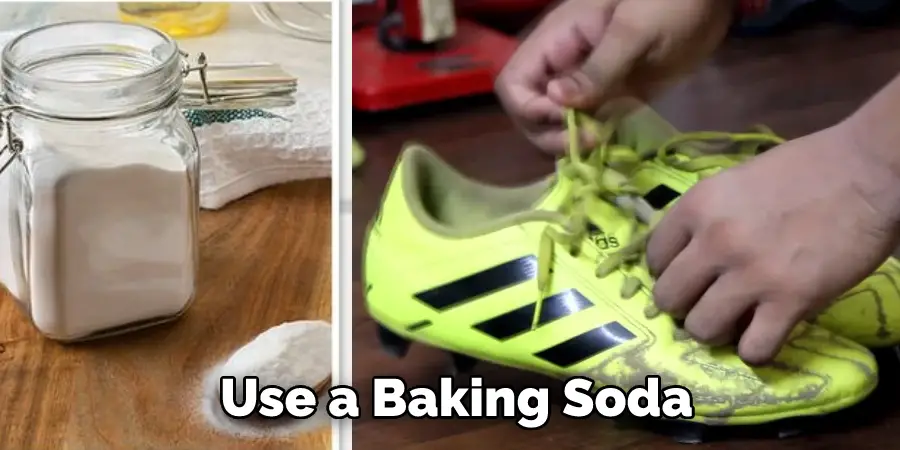
And finally, what’s your budget? There is a wide range of prices regarding cleats, so it’s important to find something affordable that still meets your needs. With these factors in mind, you should be able to find the perfect pair of cleats for your game.
The Pros and Cons of Different Types of Cleats
Cleats are an important part of any soccer player’s gear, but with so many different types on the market, it can be difficult to choose the right pair. Metal cleats are the most popular choice for competitive players, providing excellent traction and support. However, they can also be quite heavy and may cause more wear and tear on the feet.
Rubber cleats are lighter and often more comfortable, but they may not provide as much support or grip. Finally, turf shoes are designed for artificial surfaces and offer a good balance of comfort and traction. Ultimately, the best type of cleat for a given player depends on their individual needs and preferences.
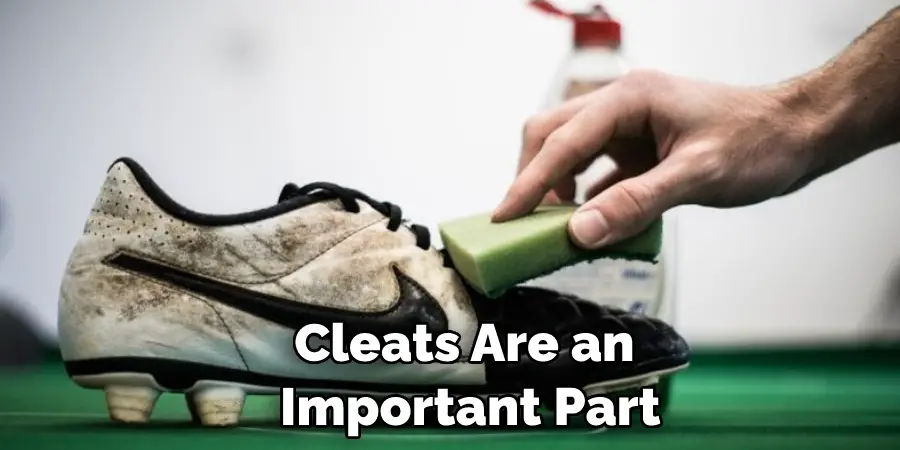
Caring for Your Cleats
As any athlete knows, having the right gear is essential for peak performance. Cleats are no exception. In order to get the most out of your cleats, it is important to take care of them. Here are a few tips to help you keep your cleats in top condition. First, make sure to clean your cleats after every use. This will help to remove dirt and debris that can accumulate over time and cause the cleats to wear down.
Second, store your cleats in a cool, dry place when they’re not in use. This will help to prevent the cleats from rusting or deteriorating. Finally, don’t forget to replace your cleats when they show signs of wear and tear. By following these simple tips, you can ensure that your cleats will last for many seasons.
How to Clean Your Cleats
Soccer cleats are an important part of the game, and keeping them clean is essential for safety and performance. Here are a few simple tips for cleaning your cleats:
- Remove the laces and set them aside.
- Mix up a bowl of mild soap and warm water.
- Use a soft brush to scrub away any dirt or grime from the surface of the cleats. Pay special attention to the area around the spikes.
- Rinse the cleats thoroughly with clean water.
- Allow the cleats to air dry completely before turning the laces on.
By following these simple steps, you can help ensure that your cleats stay clean and in good condition, season after season.
How to Wear Cleats for The First Time
When you’re ready to take your game to the next level, it’s time to invest in a quality pair of cleats. But wearing cleats for the first time can be a daunting experience. So here are a few tips to help you make the transition from sneakers to cleats:
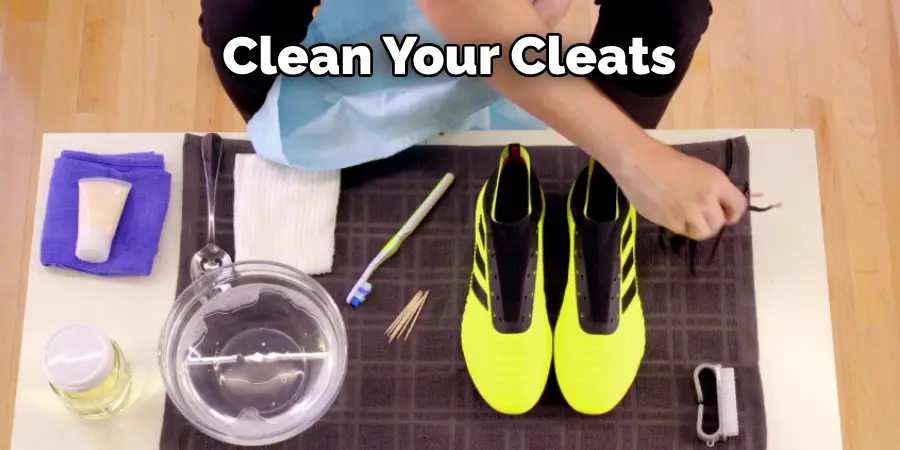
- Make sure your cleats fit properly. Ill-fitting cleats can cause blisters, so it’s important to find a pair that fits snugly but not too tightly.
- Wear socks that provide adequate padding. Like ill-fitting cleats, thin socks can also cause blisters. So make sure to wear socks that offer to cushion and support.
- Don’t forget to break in your cleats. Just like a new pair of shoes, cleats need to be broken in before they’re comfortable. Wear them around the house or on short walks before taking them out on the field.
With these tips in mind, you’ll be sure to have a comfortable and successful first experience wearing cleats!
How to Soften New Cleats
Sports are a huge part of many people’s lives, whether playing on a team or working out at the gym. But no matter how you stay active, one thing is for sure: you need the right gear. And when it comes to footwear, few things are more important than a good pair of cleats. Cleats help to improve traction and prevent slipping, making them essential for many activities.
However, new cleats can often be stiff, making them uncomfortable to wear. Fortunately, there are a few simple ways to soften new cleats, so they’re more comfortable to wear. One way is to soak them in water overnight. This will help to break down the fibers and make them more pliable.
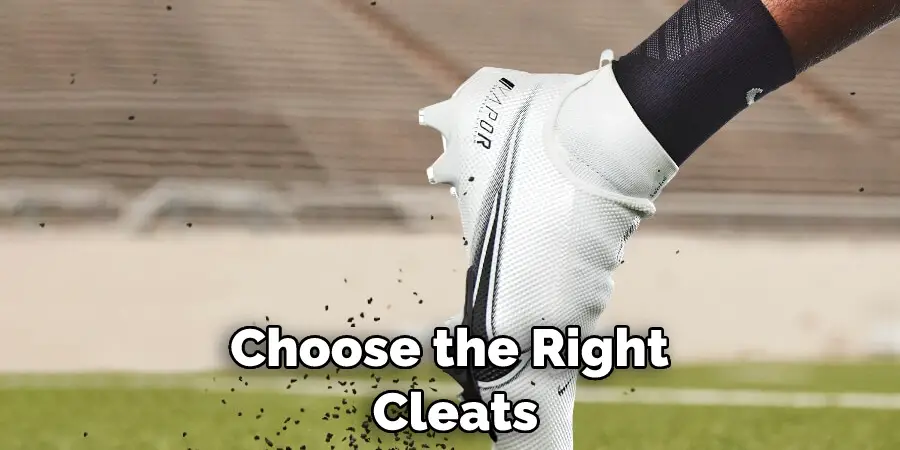
Another way is to rub them down with olive oil or lubricant. This will help to condition the leather and make it more flexible. Whatever method you choose, softening new cleats will help you get the most out of your footwear.
Frequently Asked Questions
What Does Breaking Into Cleats Mean?
Breaking into cleats can be a very rewarding experience. It can mean making it to the big time, or even just cementing your place in the squad. So, what does breaking into cleats really mean?
In short, it means that you have made a name for yourself in the team and are looked up to as a key player. You have shown dedication and commitment by consistently performing at your best and proving that you are worth your place on the team. You may even have won some awards or accolades along the way!
Do You Have to Break Into Cleats?
There is no need to break into cleats if you are using the right type of shoes. In fact, many players prefer wearing their cleats without breaking them in initially because this allows for a more even distribution of pressure throughout the shoe and ensures better performance. When it comes to selecting your cleats, make sure that they are suitable for your playing position and terrain. For example, turf players may want to select cleats with spikes designed to grip the ground firmly. Indoor court players may prefer rubber or synthetic materials instead so that they do not damage delicate flooring surfaces.
Is It Normal for New Cleats to Give You Blisters?
It is not unusual for new cleats to give you blisters, but this can usually be prevented by wearing them properly. Cleats should have a snug fit so that they move with your foot and provide adequate ankle support. If they don’t fit well, try stretching the boot before putting it on to ensure that the cleat forms a tight seal with the shoe.
It’s also important to make sure the boots are completely dry before using them; if water gets inside of them, it will cause excessive friction and increase the chances of developing blisters. In addition, avoid walking in shoes that are too slippery; this will only add to your problems. When fitting cleats, always use discretion and listen to your body!
Should New Cleats Feel Tight?
Yes, new cleats should feel tight when you first try them on. This is because the shoe is still forming to your foot and needs some time to form a good connection.
Conclusion
So, if you’re looking to break into cleats this season and want to do it right, keep all of these things in mind. Cleat selection is an important process that can make or break your game, so don’t take it lightly! As always, we’re here to help should you need any assistance along the way. Thanks for reading our post about how to break into cleats.

